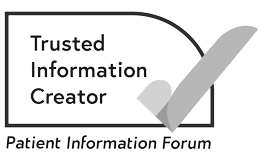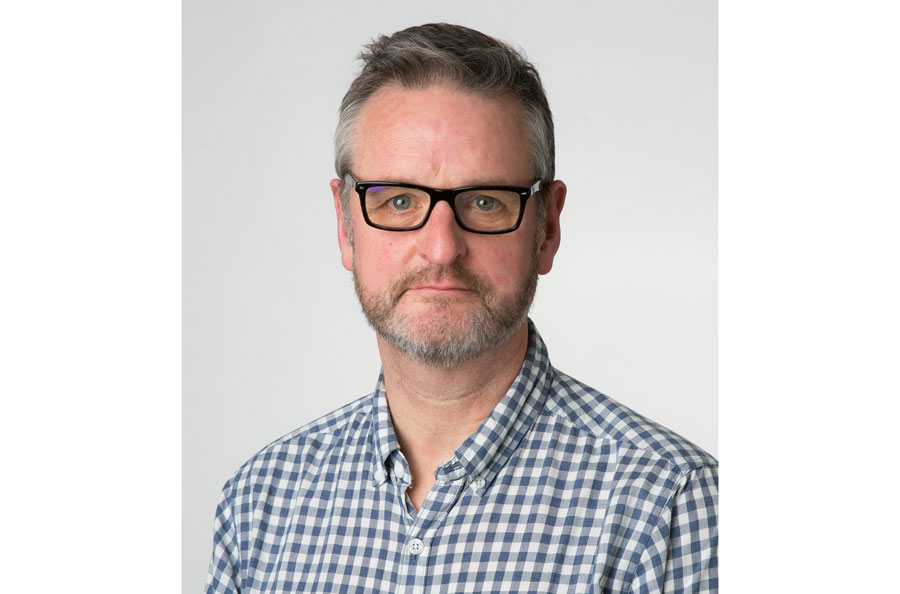Tumour ablation for lung cancer
Tumour ablation treatments are sometimes used to treat early-stage lung cancer. These include radiofrequency ablation and photodynamic therapy.
What is tumour ablation?
Tumour ablation involves treatments that destroy cancer cells using:
- heat – this is called radiofrequency ablation (RFA) or microwave ablation
- laser light – this is called photodynamic therapy (PDT).
Doctors sometimes use these treatments for very early stage lung cancer, if surgery is not suitable. This is usually when someone has other lung conditions or chooses not to have surgery.
Ablation might be the only treatment you have. Or you may have ablation and also other lung cancer treatments.
These ablation treatments are not often used. They may not be widely available throughout the UK. Other ablation treatments are used to relieve breathlessness when the cancer is blocking the airways into the lungs. We have more information about controlling symptoms of lung cancer.
Radiofrequency ablation (RFA)
Radiofrequency ablation uses heat to destroy cancer cells. Before having RFA, you may have a local anaesthetic. This is so you do not feel anything in the area being treated. You may also have a sedative. This will make you sleepy. Some people may have a general anaesthetic. This means you are not awake for the treatment.
You usually need to stay in hospital overnight to have the treatment. You might have RFA for 1 or more sessions.
The doctor puts a needle into the tumour. They usually use a CT scan to make sure it is in the right place. An electrical current passes through the needle into the tumour. The current heats the cancer cells to a high temperature. This destroys (ablates) them.
You may have some pain or discomfort after having RFA. You will be given painkillers to control this. You may also feel tired afterwards.
Always contact your doctor if you become more breathless after having RFA.
Microwave ablation
Microwave ablation is usually done under a general anaesthetic. This means you are not awake for the treatment. It is sometimes done using a local anaesthetic. This means you do not feel anything in the area being treated. If you have a local anaesthetic, you may also have drugs that make you feel drowsy.
You have it in a similar way to RFA. The doctor puts a needle into the tumour. Microwave energy passes through the needle into the tumour. This heats and destroys (ablates) the cancer cells.
Photodynamic therapy (PDT)
Photodynamic therapy (PDT) destroys cancer cells using lasers or other light sources, together with a light-sensitive drug. You can have PDT on its own, but you are more likely to have it with other treatments.
PDT is only available at some hospitals.
How it is given
You have PDT in 2 stages:
- A nurse gives you a light-sensitive drug as an injection into a vein. The drug makes the cancer cells more sensitive to the laser.
- You have the laser treatment 1 day or a few days after the light-sensitive drug is injected. This lets the cancer cells absorb the drug. The doctor may give you a drug to help you to relax. Then they direct the laser at the tumour using a bronchoscope. A bronchoscope is a thin, flexible tube with a camera on the end. Doctors use it to look inside your airways and lungs. The laser makes the light-sensitive drug destroy cancer cells.
Side effects
The light-sensitive drug makes you temporarily sensitive to light. You may need to avoid bright light by covering your skin and wearing sunglasses in daylight. How long you need to do this for depends on the drug you have. The nurse will explain what you need to do.
Side effects of PDT include breathlessness and a cough. Your doctor can give you more information.
About our information
This information has been written, revised and edited by Macmillan Cancer Support’s Cancer Information Development team. It has been reviewed by expert medical and health professionals and people living with cancer.
-
References
Below is a sample of the sources used in our lung cancer information. If you would like more information about the sources we use, please contact us at informationproductionteam@macmillan.org.uk
National Institute for Health and Care Excellence (NICE). Lung cancer – Diagnosis and management. Clinical guideline 2019. Last updated 2023. (accessed Nov 2023) Available at: https://www.nice.org.uk/guidance/ng122
European Society for Medical Oncology (ESMO). Small-cell lung cancer: ESMO clinical practice guidelines for diagnosis, treatment and follow-up. 2021. (accessed Nov 2023). Available at: https://www.esmo.org/guidelines/guidelines-by-topic/esmo-clinical-practice-guidelines-lung-and-chest-tumours/small-cell-lung-cancer
European Society for Medical Oncology (ESMO). Early and locally advanced non-small-cell lung cancer (NSCLC): ESMO clinical practice guidelines for diagnosis, treatment and follow-up. 2017. eUpdate 01 September 2021: New Locally Advanced NSCLC Treatment Recommendations (accessed Nov 2023) Available at: https://www.esmo.org/guidelines/esmo-clinical-practice-guideline-early-stage-and-locally-advanced-non-small-cell-lung-cancer
European Society for Medical Oncology (ESMO). ESMO expert consensus statements on the management of EGFR mutant non-small-cell lung cancer. 2022 (accessed Nov 2023). Available at: https://pubmed.ncbi.nlm.nih.gov/35176458/
Date reviewed

Our cancer information meets the PIF TICK quality mark.
This means it is easy to use, up-to-date and based on the latest evidence. Learn more about how we produce our information.
The language we use
We want everyone affected by cancer to feel our information is written for them.
We want our information to be as clear as possible. To do this, we try to:
- use plain English
- explain medical words
- use short sentences
- use illustrations to explain text
- structure the information clearly
- make sure important points are clear.
We use gender-inclusive language and talk to our readers as ‘you’ so that everyone feels included. Where clinically necessary we use the terms ‘men’ and ‘women’ or ‘male’ and ‘female’. For example, we do so when talking about parts of the body or mentioning statistics or research about who is affected.
You can read more about how we produce our information here.





